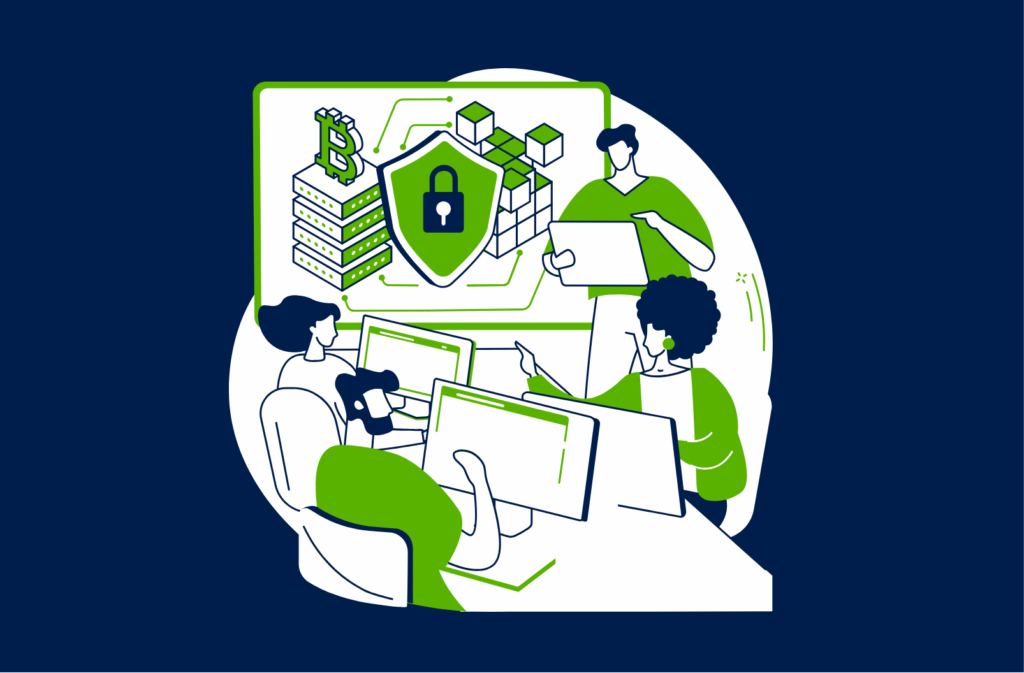In today’s digital workplace, cybersecurity training for employees is a business necessity.
No matter how advanced your tools or systems are, one weak password, one careless click, or one unsecured device can put your entire organization at risk.
That’s why your employees are your first line of defense. Yet, many organizations still rely on outdated or ineffective approaches to security training, the once-a-year compliance video that most people click through without much thought.
To build a truly secure culture, cybersecurity training has to evolve from one-time awareness to everyday behavior.
Why Annual Compliance Videos Aren’t Enough
When it comes to cybersecurity training for employees, many organizations default to once-a-year videos or mandatory modules. While those may satisfy audit requirements, they rarely change day-to-day behavior.
Common Challenges with Traditional Cybersecurity Training for Employees:
- Low engagement: Long, static videos don’t hold attention.
- Minimal retention: Employees forget most of what they learn within a week.
- Lack of relevance: Generic lessons don’t connect to real-world risks.
Without reinforcement, employees quickly slip back into old habits. To truly protect your organization, cybersecurity has to become a shared mindset and an everyday practice.

Increase Engagement with Active Participation
People learn best when they’re active participants, not passive viewers. Active participation transforms security awareness from a compliance task into an engaging challenge.
How to Create Engaging Cybersecurity Training:
- Phishing Simulations: Send realistic test emails and celebrate employees who spot them.
- Leaderboards & Points: Reward employees who complete modules, identify risks, or report suspicious activity.
- Team Challenges: Run monthly “security sprints” or department competitions.
- Meaningful Rewards: Offer small perks or public recognition for proactive behavior.
This gamified learning increases engagement and retention, contributing to a more secure work environment.
Use Micro-Learning for Lasting Impact
In cybersecurity awareness programs, shorter is often stronger. Micro-learning breaks complex topics into bite-sized lessons that employees can absorb quickly and revisit frequently.
Examples of Micro-Learning in Action:
- 3–5 minute weekly videos on trending security risks.
- Short quizzes after each team meeting to reinforce best practices.
- “What would you do?” mini-scenarios to test real-world judgment.
This approach reflects how people naturally learn, through repetition and relevance. It makes cybersecurity training for employees feel practical, not overwhelming. Frequent, digestible content helps security concepts stick long after the training ends.
Align Cybersecurity Training with HR and L&D
The most successful cybersecurity training for employees integrates security awareness into onboarding, career development, and performance metrics.
Practical Ways to Align Teams:
- Partner with HR to include cybersecurity expectations in job descriptions and onboarding sessions.
- Integrate security milestones into annual review cycles or competency frameworks.
- Have L&D collaborate with IT to tailor content for specific roles, what’s relevant for developers isn’t the same for finance or marketing.
- Use engagement data from your LMS to identify who needs additional coaching or support.
Cross-functional collaboration ensures that cybersecurity becomes part of how people grow, not just what they’re told to do.

Build a Sustainable Security Culture
A strong cybersecurity culture doesn’t happen overnight. It’s built through consistent action, communication, and leadership modeling.
Best Practices for Long-Term Impact:
- Mix your training formats: Use newsletters, videos, and workshops.
- Tailor by department: Developers, finance, and HR all face different threats.
- Get leadership involved: When executives model secure habits, employees follow suit.
Sustainable change happens when every employee understands that protecting data is part of their role.
When organizations invest in cybersecurity training for employees, they strengthen their networks but their culture of trust.
In a hyper-connected world, effective cybersecurity training for employees is a crucial business advantage. The greatest vulnerabilities and the greatest defenses both come from the same place: your people.
By shifting from one-time awareness sessions to continuous, interactive learning, organizations empower employees to make smarter, faster, and safer decisions every day. Through micro-learning and active engagement, you can turn your workforce into your most reliable security asset.








